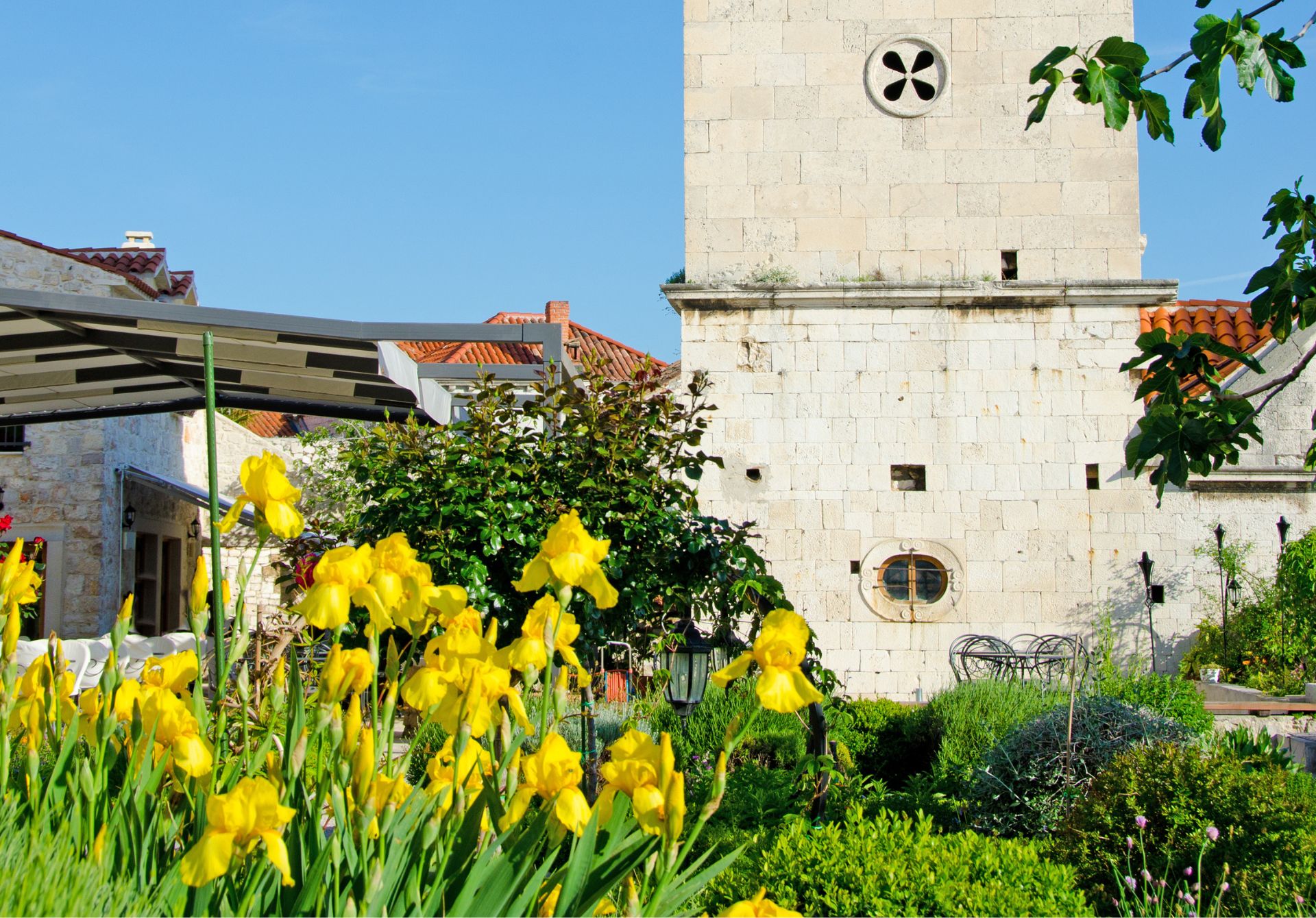Hey there, fellow travel enthusiasts! Ever dreamed of stepping back in time to experience the beauty and tranquility of a medieval garden? Well, buckle up because we’re about to take you on a virtual tour of one of the most enchanting spots in the Mediterranean: the Medieval Garden of St. Lawrence Monastery. This hidden gem is not just a feast for the eyes; it’s a journey through history, culture, and botany that’ll leave you itching to book your next flight!
A Brief History: From Monastic Refuge to Tourist Haven
Before we dive into the nitty-gritty of what makes this garden so special, let’s take a quick trip down memory lane:
- Founded in the 12th century by Benedictine monks
- Served as a place of meditation and healing for centuries
- Fell into disrepair during the 18th century
- Restored to its former glory in the late 20th century
- Now open to the public as a living museum of medieval horticulture
Talk about a comeback story, right? This garden has seen more drama than a telenovela, and it’s still looking fabulous!
What Makes This Garden Unique?
Now, you might be thinking, “A garden’s a garden, right?” Wrong! The Medieval Mediterranean Garden of St. Lawrence Monastery is like the Beyoncé of gardens – it’s in a league of its own. Here’s why:
1. Authentic Medieval Design
Imagine walking through a living, breathing medieval manuscript. That’s exactly what this garden feels like. The layout is based on actual 12th-century designs, featuring:
- A central fountain representing the source of life
- Four quadrants symbolizing the four rivers of Paradise
- Raised beds for easy tending (those monks were smart cookies!)
- Intricate knot gardens that’ll make your Instagram followers green with envy
2. Plant Varieties That’ll Blow Your Mind
Forget your run-of-the-mill roses and daisies. This garden is home to over 200 plant species that were commonly grown in medieval Mediterranean monasteries. We’re talking:
- Medicinal herbs used by monks to treat everything from headaches to heart problems
- Aromatic plants that’ll make you feel like you’ve stepped into a time machine (in a good way)
- Fruit trees that produce some of the juiciest, most flavorful fruits you’ll ever taste
- Vegetables that were staples of the monastic diet (spoiler alert: they’re delicious)
3. A Feast for All Senses
This isn’t just a visual experience, folks. The Medieval Mediterranean Garden is a full-on sensory overload (in the best possible way):
- The soft gurgling of the fountain provides a soothing soundtrack
- The fragrant herbs fill the air with an intoxicating aroma
- The varied textures of leaves and petals beg to be touched (gently, of course)
- Some areas even offer tastings of medieval-inspired dishes using garden ingredients
Tips for Making the Most of Your Visit
Alright, you’re sold on the idea of visiting this horticultural heaven. But how do you make sure you get the most bang for your buck? Fear not, dear traveler, for I have some insider tips just for you:
1. Time Your Visit Right
- Spring and early summer offer the most vibrant blooms
- Early mornings are perfect for avoiding crowds and catching the garden in its dewy glory
- Check for special events like medieval herb workshops or night tours for a unique experience
2. Take a Guided Tour
Trust me, you’ll want to hear all the juicy details about this place. The guides are like walking encyclopedias of medieval gardening knowledge, and they often share:
- Fascinating stories about the monks who tended the garden
- The medicinal uses of various plants (disclaimer: don’t try this at home!)
- How the garden’s design reflects medieval philosophy and religion
3. Engage Your Senses
Don’t just use your eyes – really immerse yourself in the experience:
- Close your eyes and inhale the fragrant herbs
- Feel the different textures of leaves and bark
- Listen to the birds and insects that call the garden home
- If allowed, taste some of the edible plants or fruits (with permission, of course!)
The Takeaway: Why You Need to Visit ASAP
Look, I get it. There are a million and one places on your travel bucket list. But let me tell you why the Medieval Mediterranean Garden of St. Lawrence Monastery deserves a top spot:
- It’s a unique blend of history, botany, and sensory delight that you won’t find anywhere else
- The peaceful atmosphere provides a much-needed respite from the hustle and bustle of typical tourist spots
- It offers insights into medieval life, medicine, and philosophy that’ll make you the most interesting person at your next dinner party
- The photo opportunities are out of this world (hello, new profile pic!)
- It’s a living, breathing example of sustainable gardening practices that are still relevant today
So there you have it, folks – a little slice of medieval paradise waiting for you in the heart of the Mediterranean. Whether you’re a history buff, a garden enthusiast, or just someone looking for a unique travel experience, the Medieval Mediterranean Garden of St. Lawrence Monastery is sure to leave you spellbound. Trust me, your future self will thank you for adding this gem to your itinerary. Happy travels, and may your path always be lined with beautiful blooms!

